September 16~19.2025 Taichung Splendor 1311
TruckRun to exhibit at TBW 2025
Read more




Meet the diverse and intricate requirements of bicycle manufacturers.







Electric bicycles have gained immense popularity as an eco-friendly and efficient mode of transportation. Understanding and optimizing the power and torque output of electric bicycle systems play a crucial role in improving performance and providing an enjoyable riding experience. This article explores the principles, methods, and effects of power and torque output in electric bicycle systems, aiming to enhance overall performance and rider satisfaction.
I. Understanding Electric Bicycle Systems
Electric bicycle systems comprise a combination of components working together to deliver a smooth and efficient riding experience. These systems primarily consist of an electric motor, battery, drivetrain, and various sensors.
A. Composition and Working Principles
The heart of an electric bicycle is the electric motor, which provides the necessary propulsion to assist the rider. The battery acts as a power reservoir, supplying energy to the motor. The drivetrain transfers this power from the motor to the wheels, enabling the bicycle to move forward. Sensors, such as torque sensors and speed sensors, provide critical data for the motor to adjust its power output according to the rider's input and riding conditions.
B. Power and Torque in Electric Bicycle Systems: Importance and Role
Power and torque are the key performance metrics that define the capabilities of an electric bicycle. Power, measured in watts (W), represents the rate at which work is done, directly impacting the speed and acceleration of the bicycle. Torque, measured in Newton-meters (Nm), reflects the twisting force that enables the bicycle to climb hills and conquer challenging terrains.
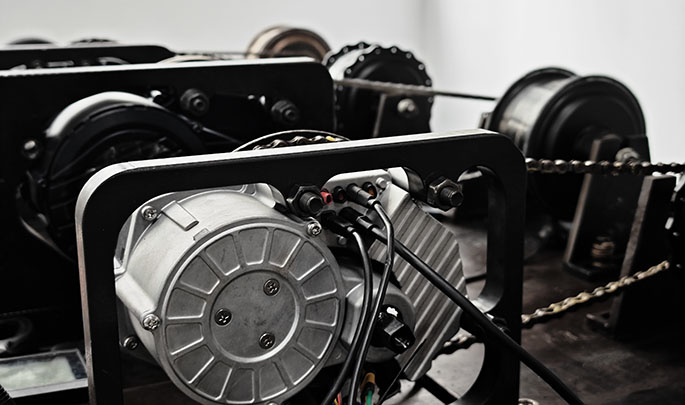

II. Optimizing Power Output
Efficient power output is vital for ensuring a dynamic and enjoyable electric bicycle riding experience. Various factors influence the power output of an electric bicycle system.
A. Impact of Electric Motor Types on Power Output
Different electric motor types, such as hub motors and mid-drive motors, offer varying power characteristics. Hub motors are simpler, providing direct power to the wheels, whereas mid-drive motors work in tandem with the bicycle's gears, offering better torque and efficiency.
Despite this, mid-drive motors are more popular due to their stronger power, overall bike balance, and riding experience. For more information, you can refer to the article "Mid-drive Motor vs Hub Motor."

B. Strategies for Battery Capacity and Management System Optimization
Battery capacity directly influences the range and power capabilities of an electric bicycle. Employing high-capacity batteries and optimizing the battery management system can significantly enhance power output and overall performance.
C. Enhancing Drive Systems and Gear Ratios
The drivetrain, along with gear ratios, plays a crucial role in translating motor power to the wheels. A well-optimized drive system with appropriate gear ratios can ensure efficient power delivery.
D. Weight and Tire Pressure Adjustment for Enhanced Power Output
Reducing the overall weight of the electric bicycle and adjusting tire pressure can minimize rolling resistance and enhance power efficiency.
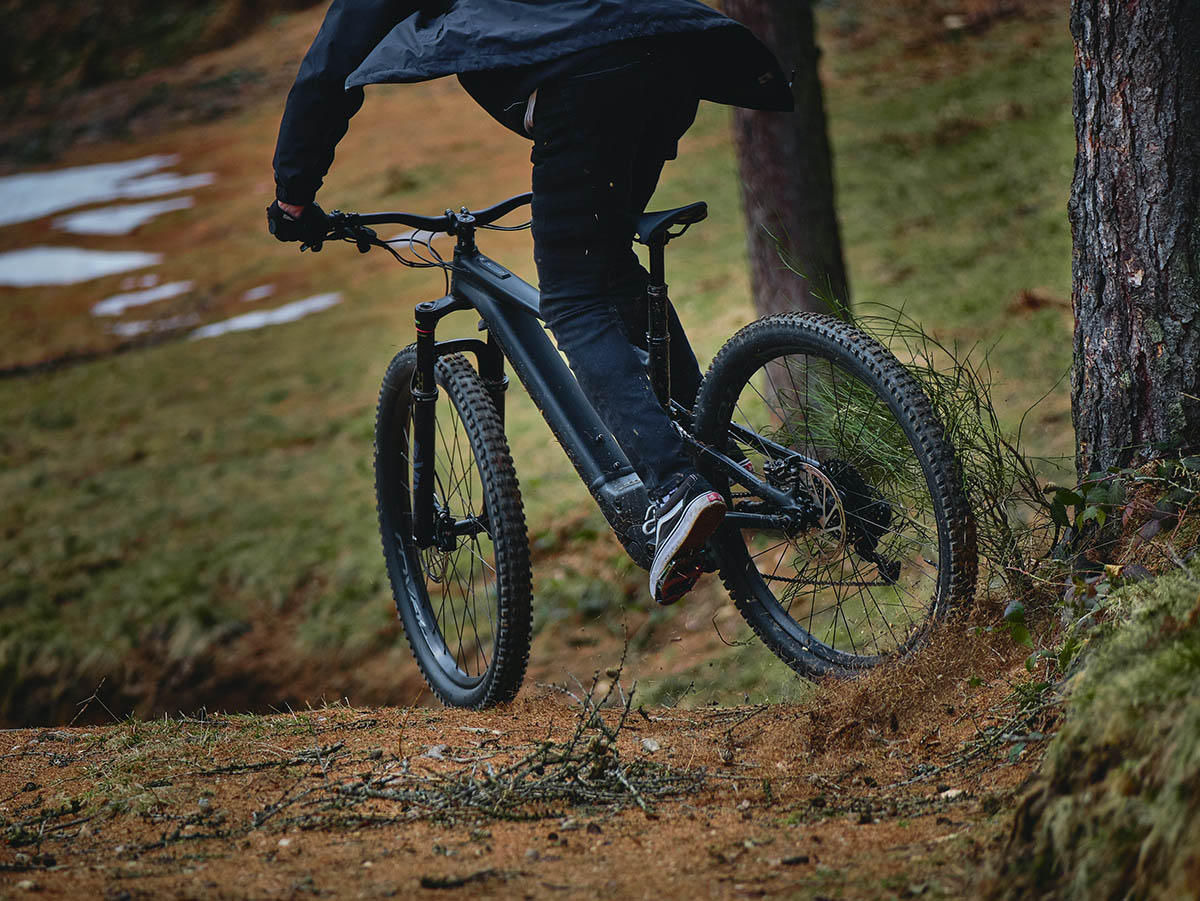

III. Enhancing Torque Output
Torque is essential for conquering steep hills and providing an enjoyable riding experience. Several factors contribute to the torque output of an electric bicycle system.
A.Electric Motor Torque Analysis and Power Curve Study
Understanding the torque characteristics and power curves of electric motors can help in selecting an ideal motor that suits the rider's requirements.
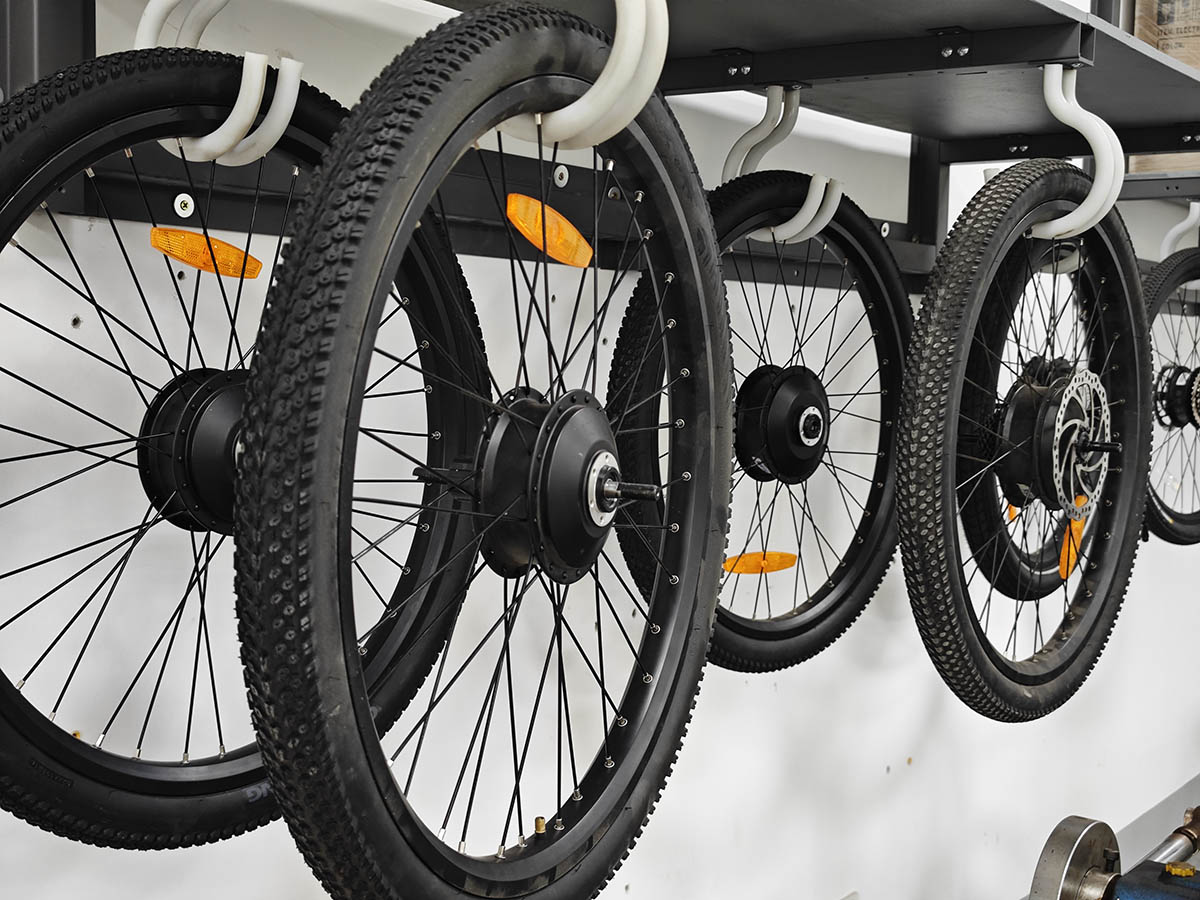

B. Drive System and Gear Ratio Optimization for Torque Output
Similar to power optimization, optimizing the drive system and gear ratios can significantly impact the torque output, making uphill rides more manageable.
C. Wheel Size and Tire Pressure Selection for Optimal Torque Output
Larger wheel sizes and appropriate tire pressure can improve torque transmission to the ground, resulting in better hill-climbing capabilities.


IV. Enhancing Riding Experience
Improving the riding experience is a key objective in optimizing electric bicycle systems. The following methods can enhance the riding experience:
A. Factors for Efficient Motor and Battery Selection
Consider riding distance, riding style, and budget when choosing an efficient motor and battery combination.
B. Enhancing Riding Experience through Transmission System Optimization
Optimize the transmission system and gear ratios to provide a smooth riding experience and better power output.
C. Improving Efficiency with Intelligent Control Algorithms and Battery Management
Implement intelligent control algorithms and battery management systems to enhance the energy efficiency of electric bicycles.
D. Personalized Strategies for Different Road Conditions and Usage Scenarios
Adopt suitable modes through the electric bicycle's Display and Control unit based on different road conditions and usage scenarios(such as Commuting/MTB/Gravel or Road/ Fat-tire or Cargo/Trekking) to achieve a better riding experience.
E. Integrating Mid-Drive Motors or Adding Torque Sensors to Hub Motors
Mid-drive motors typically incorporate torque sensors, allowing them to effectively respond to the rider's intentions. Hub motors, on the other hand, feature various sensors such as cadence sensors, speed sensors, and torque sensors, we recommend you to use the most advanced Hub Motor Built-in Cassette Torque Sensor, which is easier to install and maintain. Adding torque sensors to hub motors effectively combines speed and torque, resulting in a smoother riding sensation.

September 16~19.2025 Taichung Splendor 1311
TruckRun to exhibit at TBW 2025
Read more
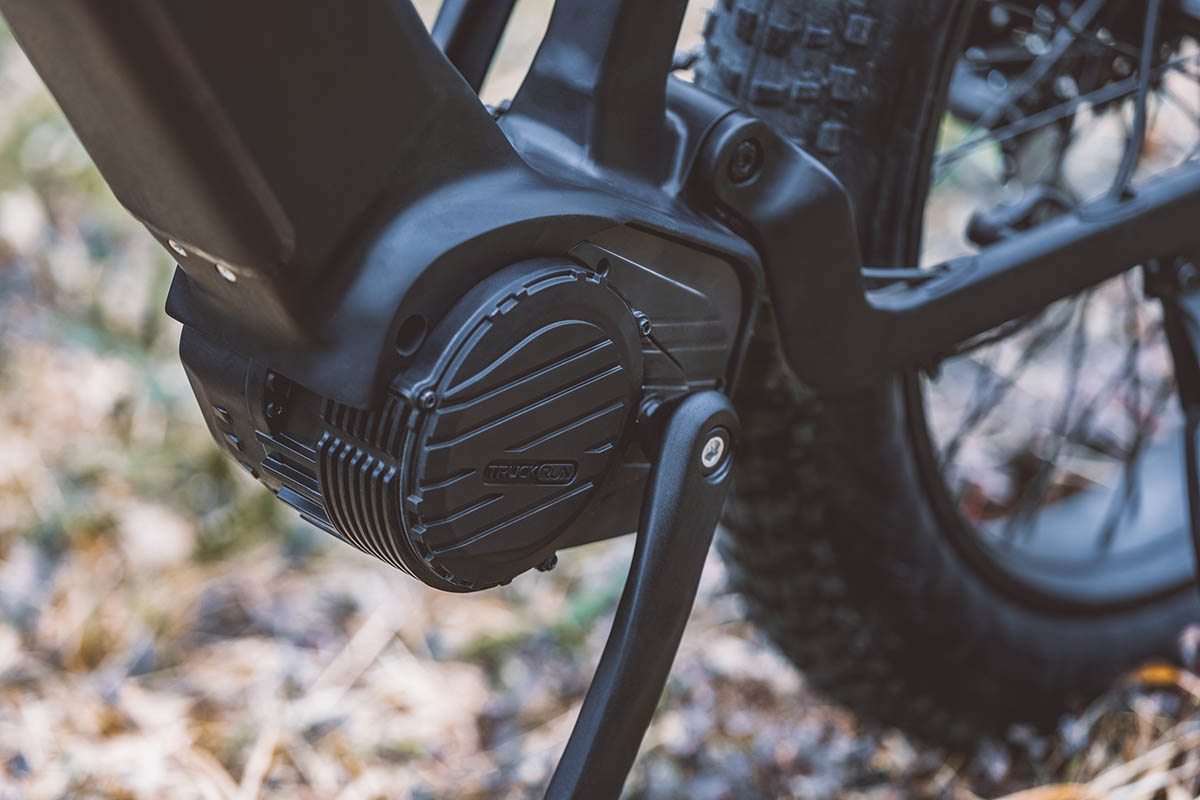
The top 10 electric bike manufacturers are bosch, bafang, shimano, yamaha, brose, tq, dji, cycmotor, fazua and truckrun
Best top 10 electric bike motor manufacturers
Read more
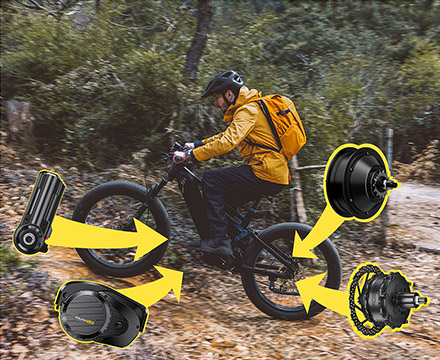
A comprehensive guide by motor manufacturers, examining 9 key aspects to help riders and e-bike brands choose the right e-bike motor.
9 Tips for Selecting Your Electric Bicycle Motor
Read more
Source: Date: